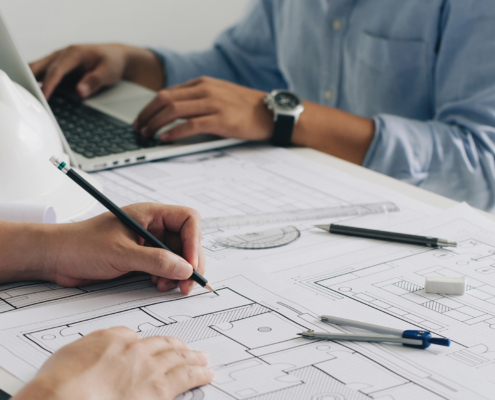A fundamental mistake committed in design-build projects is choosing the wrong contractor. A contractor is a single point of responsibility in a design-build project, making the reputation, experience, and skill set of the design-build contractor critically important.
If the contractor lacks experience with the design-build process, it can lead to various detrimental impacts, including poor project planning, mismanagement of resources, inadequate scheduling, poor risk management, and ineffective project delivery. Consequently, the success of a design-build project relies heavily on the contractor’s capabilities.
To avoid these complications, it’s necessary to carefully vet potential contractors and choose someone experienced, reliable, and with a proven track record in handling design-build projects. Including an escape clause in the building contract is also advisable, granting clients the flexibility to switch contractors if the project is not progressing as expected.







